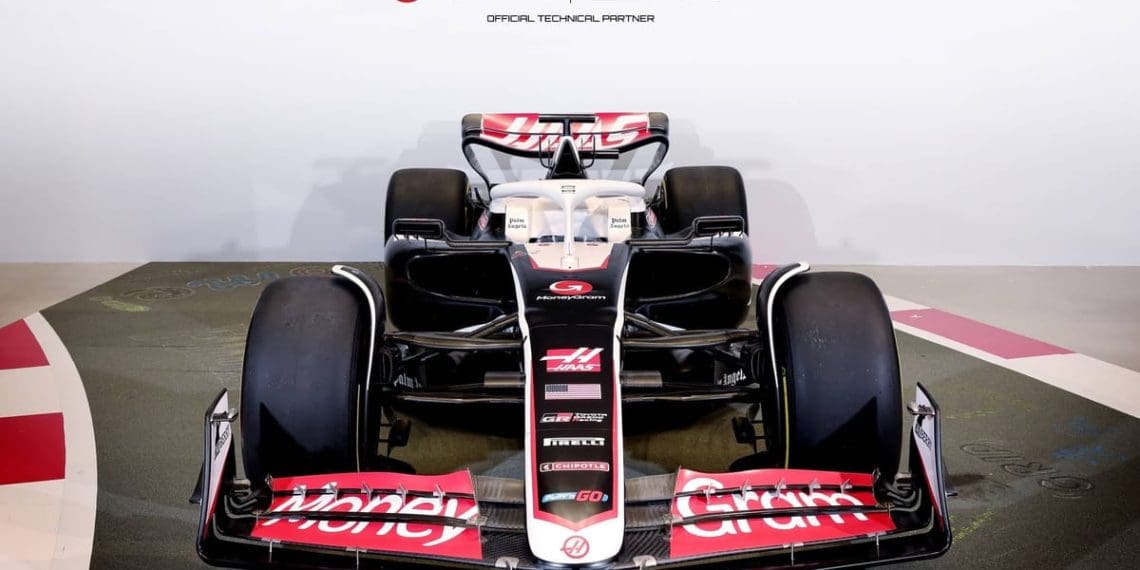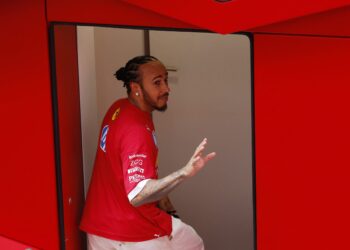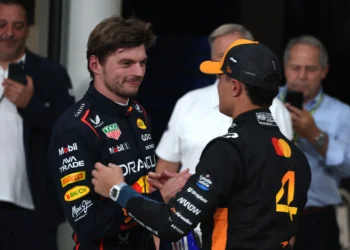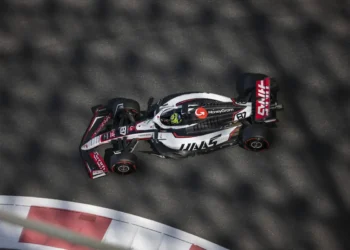The Haas F1 team, long an underdog on the Formula 1 grid, might just be gearing up for a dramatic rise. Thanks to a groundbreaking technical partnership with Japanese powerhouse Toyota Gazoo Racing, the American squad is positioning itself as a potential dark horse in the sport. Could this alliance signal a new chapter in Haas’s journey toward becoming a serious contender?
Haas and Toyota: A Partnership of Potential
Announced in 2024, Haas’s collaboration with Toyota marks the Japanese automaker’s first official return to Formula 1 since its withdrawal in 2009. Known for its dominance in other motorsport disciplines like Le Mans, Toyota brings a wealth of engineering expertise and resources that could prove transformative for Haas.
While early results from the partnership are yet to materialize, the deal is a bold statement of intent. Toyota’s commitment to Haas, as opposed to establishing its own works team, allows the American outfit to reap the full benefits of the automaker’s technological prowess. This focus could be the catalyst Haas needs to break free from its midfield struggles.
The Ferrari Connection: A Blessing and a Curse
Since joining the grid in 2016, Haas has leaned heavily on its technical partnership with Ferrari, including sharing a design base in Maranello. While this relationship helped the team finish an impressive fifth in 2018, it also left Haas vulnerable to Ferrari’s fluctuations in form. The disastrous 2020 season, where Ferrari itself struggled, was a stark reminder of the risks of over-reliance on a single partner.
Toyota, by contrast, brings independence and a fresh perspective. With its track record of success in endurance racing and rallying, the automaker could provide Haas with the tools to develop a car capable of competing at the sharp end of the grid.
A Financial Lifeline and a Leadership Boost
The financial terms of the Toyota partnership remain under wraps, but the deal is expected to alleviate the financial burden on Haas. This newfound stability could enable the team to invest more effectively in R&D and personnel, fostering long-term growth.
Moreover, Haas’s current driver lineup, particularly the experienced Esteban Ocon, could be a key asset. Ocon’s history with manufacturers like Alpine and Mercedes makes him well-equipped to bridge the gap between Haas and Toyota, ensuring that the partnership delivers tangible on-track results.
The Road Ahead: Can Haas and Toyota Deliver?
Looking ahead, the 2026 regulations offer a golden opportunity for Haas to reset its trajectory. If the partnership with Toyota blossoms, the team could emerge as a genuine threat to the established order. However, success will not come easily. Building a winning car in F1 requires meticulous planning, seamless collaboration, and an unwavering commitment to progress.
Toyota’s expertise and Haas’s recent improvements suggest that a revival is possible, but the team must remain patient. Every season leading up to 2026 will be critical in laying the foundation for a competitive campaign.
A New Era for Haas F1?
For a team that has often punched above its weight, the Haas-Toyota partnership could be a defining moment. If managed effectively, this alliance has the potential to transform Haas into a force to be reckoned with. While there are no guarantees in Formula 1, one thing is clear: Haas F1 is no longer content with being an afterthought. The team is gearing up to surprise the paddock—and the 2026 season might just be their time to shine.










